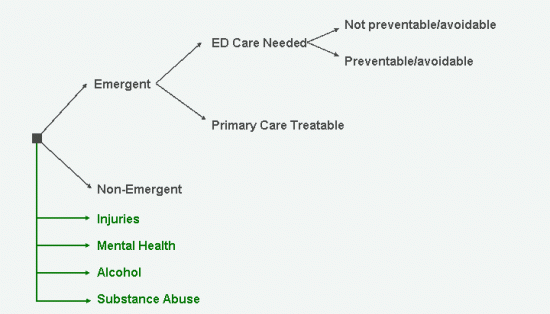John Stephen
February 12, 2014
As originally published in the New Hampshire Union Leader
The recently announced deal in the New Hampshire Senate of a “framework” to expand Medicaid is a bad deal for our state’s future. The fundamental problem is not just that the plan implements a key component of Obamacare here, but it continues to build on a profoundly flawed Medicaid program desperately in need of reform.
Medicaid, in its current form, is a bulky, inefficient program that hasn’t kept up with the times. It was created in 1964 and, like most government programs, simply hasn’t evolved as proficiently as other market-driven products. Other than Corvettes, pretty much everything we buy today is better and less expensive than the 1964 counterparts, but Medicaid’s basic identity hasn’t changed, and that’s a real problem.
For starters, Medicaid’s incentives are poorly aligned with the reality of the marketplace.
In 1964, the program was put in place to provide some compensation to doctors and hospitals for those who couldn’t pay their bills. However, these same providers quickly viewed this new government program as a new payer. While states assumed that providers would be happy to get something for what had been charity care, the low reimbursement rates meant that many doctors would take Medicaid patients and hospitals would rapidly shuttle out Medicaid patients to make room for higher-paying customers.
That’s why no one should be surprised about the quality of Medicaid care. A study of Medicaid expansion in Oregon shows that Medicaid patients fare no better on health outcomes than the uninsured. Even more damning is a University of Virginia study that shows that Medicaid patients are 13 percent more likely to suffer serious negative outcomes as a result of surgery than the uninsured and 97 percent more likely than those on private insurance.
What keeps many from using the emergency room for routine medical issues is the high copayments that private insurance charges. Under Medicaid, though, states are not allowed to charge more than minuscule copays, which explains why a recent Harvard-MIT study showed that Medicaid patients increase their emergency room use by 40 percent over the uninsured.
The free market knows that incentives matter, and Medicaid shows us glaring examples of that, and why it should not be a model any state should follow.
There is a better way to care for the truly poor of the state than Medicaid expansion.
In 2008, I worked with Rhode Island on what remains the most innovative Medicaid waiver that the federal government has ever granted. The waiver did not expand Medicaid, but allowed the state unprecedented flexibility to manage its program — for example, spending more on community care rather than expensive nursing home care. As a result, Rhode Island has since reduced Medicaid spending by more than $2 billion.
Instead of trying to force the state to implement an outdated, expensive expansion of Medicaid that would force tens of thousands of New Hampshire residents on a program that may lower their quality of care, the state should use this opportunity to begin negotiations on a Medicaid waiver that would transform a broken program to one that could evolve with a changing health care landscape. Not only would this save considerable taxpayer money, but it would deliver higher quality outcomes for those involved.
The start of this effort is to send a clear and unequivocal announcement to the federal government that New Hampshire will not participate in Medicaid expansion under Obamacare. That is the only way that state leaders can gain leverage with a federal government that is focused on implementing President Obama’s signature policy initiative. Taking federal Obamacare funds means that we will need to continue with a broken, ineffective Medicaid program.
Then, the state must make clear that the only way in which New Hampshire will work with the federal government to offer coverage to the able-bodied adults that are covered under Obamacare is if the Obama administration is willing to give us the flexibility to find savings in Medicaid and use those funds to provide coverage for the 22,000 residents who could gain coverage in the process. Without this pressure, there is no way the federal government will back off its plans to bring a Washington solution to the Granite State.
The solution to our health care problems is not in more government, it is in bringing real innovation to a 1960s era program. It’s worked elsewhere, it can work here.
John Stephen of Manchester is the former state commissioner of health and human services and 2010 Republican nominee for governor. He is the managing partner of the Stephen Group, a health care and government solutions firm.

